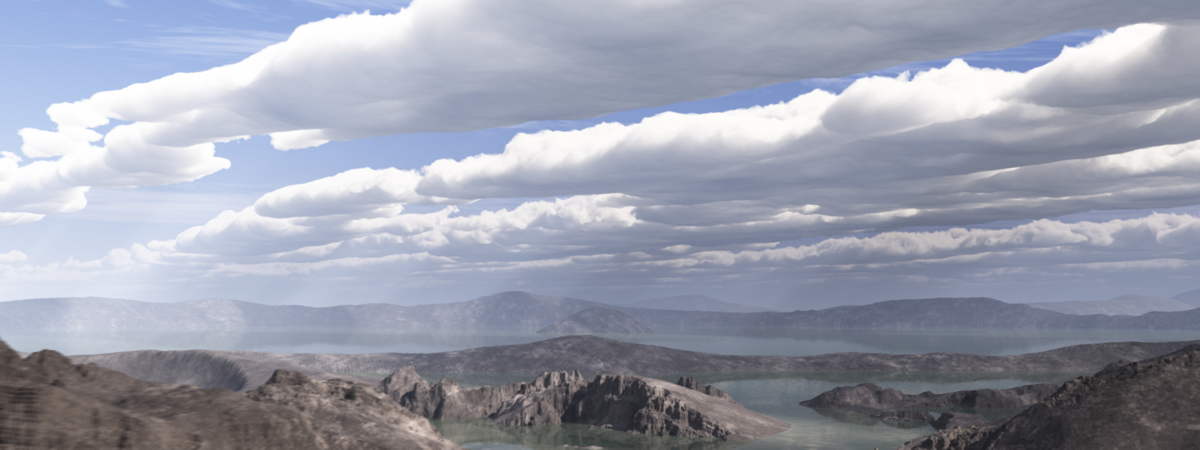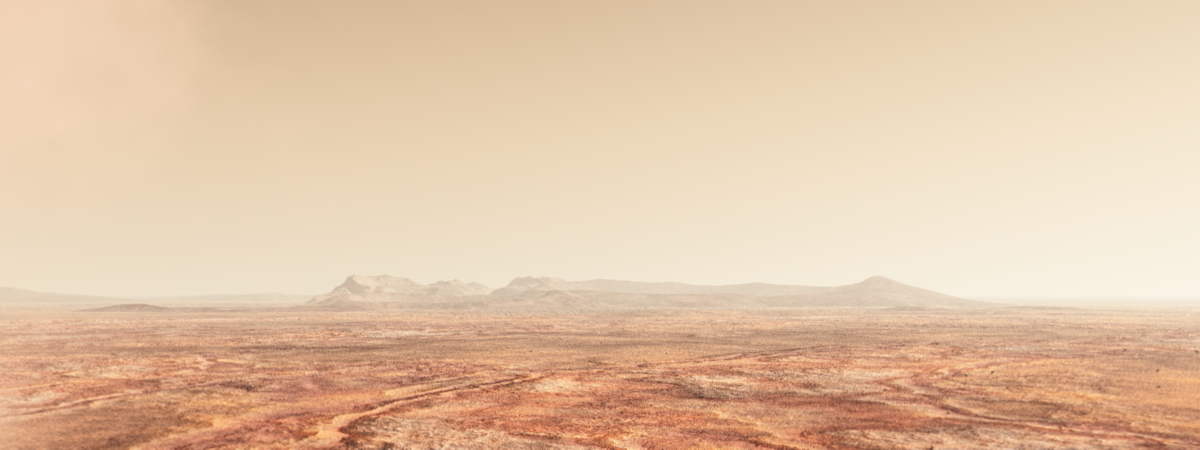NASA Video Shows Ancient Mars as Lush, Water World

Mars may be a desolate world today, but billion of years ago, the Red Planet was a warm, wet paradise of blue skies and lakes — a hospitable realm recreated in a stunning new video animation by NASA.
The video of Mars as an ocean world, which NASA released Wednesday (Nov. 13), shows the Red Planet's evolution from a lush land with water oceans to the barren, rocky world is today.
"The animation shows how the surface of Mars might have appeared during this ancient clement period," officials with NASA's Goddard Space Flight Center in Greenbelt, Md., wrote in a video description. "The artist's concept is based on evidence that Mars was once very different."
The animation begins 4 billion years ago with a flyover of a Martian lake. Blue sky and clouds ripple overhead. As the movie progresses, the landscape gets drier and the clouds shrivel up, showing the passage of geologic time. The lakes disappear and the sky turns to the familiar dusty pink and tan.
The video ends with NASA's new Mars Atmosphere and Volatile Evolution spacecraft, called MAVEN for short, in orbit around modern Mars. The MAVEN mission is slated to launch Monday (Nov. 18) to investigatehow the Red Planet lost its atmosphere.
NASA's Conceptual Image Lab at Goddard Space Flight Center, produced the video, which is one of the team's most complex animations, agency officials said.
The freezing temperatures and thin atmosphere of Mars make it impossible for liquid water to exist on the planet's surface today. But surface features and minerals suggest the red planet had a much denser atmosphere and surface liquid water in the past, NASA scientists have said.
Get the Space.com Newsletter
Breaking space news, the latest updates on rocket launches, skywatching events and more!

Rocky channels on Mars — like those on Earth — suggest erosion by flowing water, and impact craters show signs of erosion and sedimentary layering. Also, minerals have been found on the planet's surface that could only have formed in the presence of liquid water.
To form these features, a layer as deep as 1,640 feet (0.5 kilometers) or more may have covered the planet, scientists estimate. If so, the planet's atmosphere would have been warmer and had a similar or greater pressure than that found on Earth's surface. Whether this balmy climate lasted long enough for life to emerge on Mars is not known, however.
Visit SPACE.com for the latest news on NASA's MAVEN mission to Mars.
Follow Tanya Lewis on Twitter and Google+. Follow us @Spacedotcom, Facebook and Google+. Original article on SPACE.com.
Join our Space Forums to keep talking space on the latest missions, night sky and more! And if you have a news tip, correction or comment, let us know at: community@space.com.










